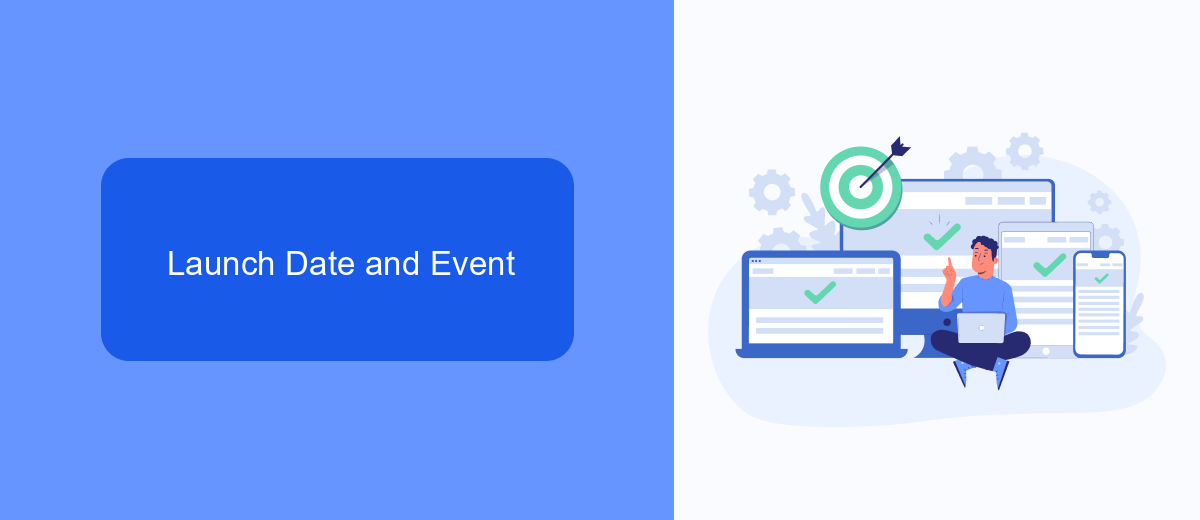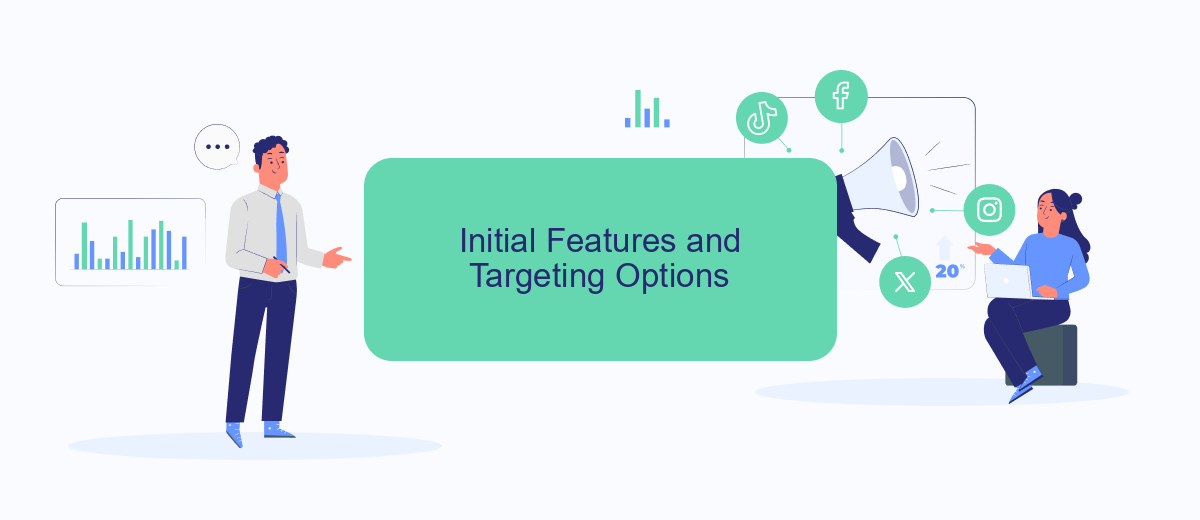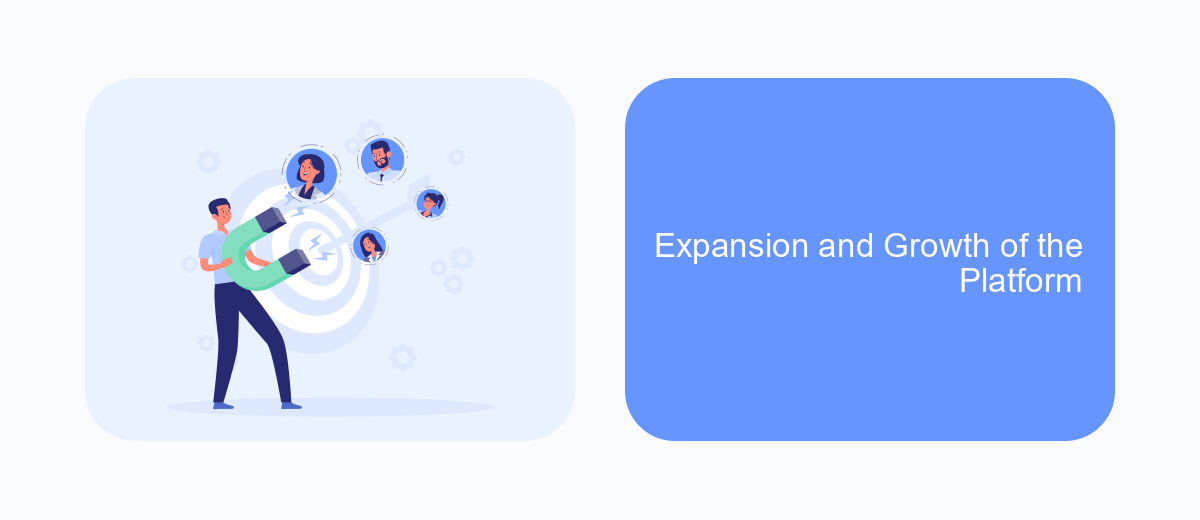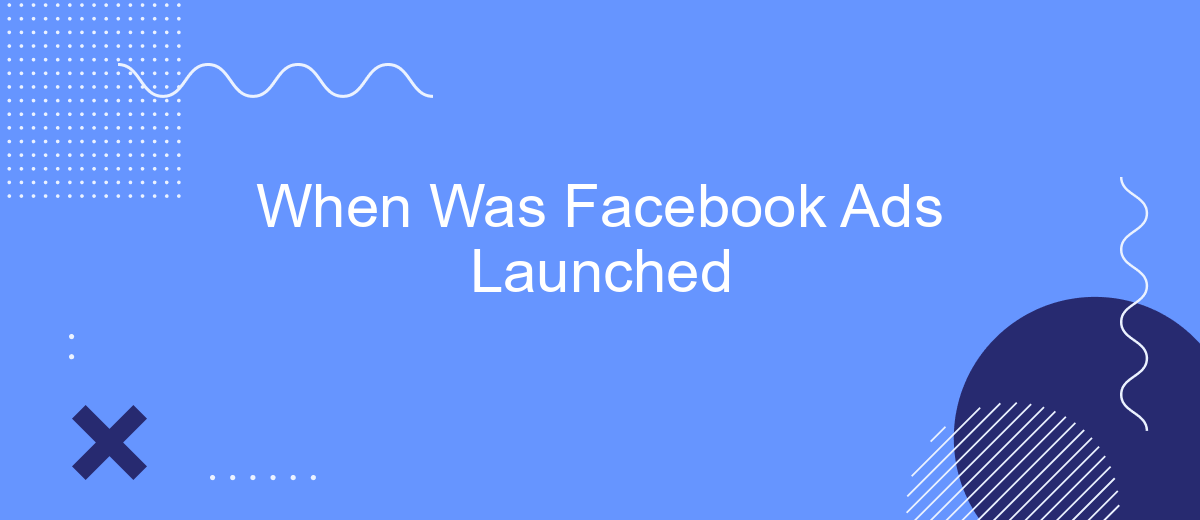Facebook Ads, a powerful tool for digital marketing, revolutionized the way businesses reach their target audiences. Launched in November 2007, this advertising platform has grown exponentially, offering a range of features that allow advertisers to create highly targeted and effective campaigns. Understanding the history and evolution of Facebook Ads is crucial for leveraging its full potential in today's competitive market.
Facebook Ads Origins and Timeline
Facebook Ads was officially launched in November 2007, marking a significant milestone in digital advertising. This platform allowed businesses to create targeted ad campaigns, reaching specific demographics based on user data. The introduction of Facebook Ads revolutionized how companies approached online marketing, making it more efficient and measurable.
- 2007: Launch of Facebook Ads
- 2012: Introduction of mobile ads
- 2013: Launch of video ads
- 2014: Introduction of carousel ads
- 2016: Launch of dynamic ads
Since its inception, Facebook Ads has continually evolved, integrating new features and tools to enhance user experience and ad effectiveness. Services like SaveMyLeads have further streamlined the process by automating lead generation and integration, allowing businesses to seamlessly connect Facebook Ads with their CRM systems and other platforms.
Launch Date and Event

Facebook Ads was officially launched on November 6, 2007. This significant event marked Facebook's entry into the digital advertising market, providing businesses with a powerful new platform to reach their target audiences. The launch was part of Facebook's broader strategy to monetize its rapidly growing user base, which had reached over 50 million active users by that time. The introduction of Facebook Ads allowed advertisers to create highly targeted ad campaigns based on user demographics, interests, and behaviors, revolutionizing the way businesses approached online advertising.
The launch event was held at the Facebook headquarters in Palo Alto, California. During the event, Facebook's executives showcased the new advertising platform's capabilities and highlighted its potential for businesses of all sizes. They demonstrated how the platform's advanced targeting options could help businesses connect with their ideal customers more effectively than ever before. Since then, Facebook Ads has evolved significantly, incorporating new features and integrations, such as SaveMyLeads, which allows businesses to automate their lead generation and streamline their marketing efforts.
Initial Features and Targeting Options

When Facebook Ads was first launched, it introduced a range of initial features and targeting options that set the foundation for its future growth. The platform aimed to provide businesses with tools to reach their desired audience effectively.
- Basic Demographic Targeting: Advertisers could target users based on age, gender, location, and language.
- Interest-Based Targeting: Facebook allowed advertisers to reach users based on their interests and activities on the platform.
- Custom Audiences: This feature enabled businesses to upload their customer lists and target ads specifically to those users.
- Lookalike Audiences: Advertisers could find new potential customers by targeting people similar to their existing audience.
- Ad Formats: Initially, Facebook Ads included simple text and image ads, which later expanded to include video and carousel formats.
These features provided businesses with a powerful toolkit to drive engagement and conversions. As the platform evolved, new tools and integrations, such as SaveMyLeads, emerged to further enhance the advertising experience by automating lead generation and streamlining marketing efforts.
Expansion and Growth of the Platform

Since its launch, Facebook Ads has undergone significant expansion and growth, becoming one of the most influential advertising platforms globally. Initially, it offered basic targeting options and simple ad formats, but over the years, it has evolved into a sophisticated tool that caters to businesses of all sizes.
The introduction of advanced targeting options, such as Custom Audiences and Lookalike Audiences, has allowed advertisers to reach highly specific user segments. Additionally, the integration with Instagram and the development of the Facebook Audience Network have expanded the platform's reach beyond the core Facebook app.
- Enhanced targeting capabilities
- Integration with Instagram
- Development of the Facebook Audience Network
- Introduction of video and carousel ads
- Advanced analytics and reporting tools
Moreover, services like SaveMyLeads have emerged to streamline the integration process, allowing businesses to automatically transfer leads from Facebook Ads to their CRM systems. This automation has made it easier for companies to manage and convert their leads, contributing to the overall effectiveness of their advertising campaigns.
Recent Developments and Future of Facebook Ads
In recent years, Facebook Ads has undergone significant enhancements to better serve businesses and advertisers. The platform has introduced advanced targeting options, allowing advertisers to reach more specific and relevant audiences. Additionally, the integration of machine learning and AI technologies has improved ad performance predictions and optimization, making it easier for businesses to achieve their marketing goals. The introduction of features such as dynamic ads, which automatically show the right products to people who have expressed interest on your website, has also been a game-changer for e-commerce businesses.
Looking ahead, the future of Facebook Ads appears promising with continuous improvements in automation and integration capabilities. Tools like SaveMyLeads are making it simpler for businesses to automate their lead generation processes by connecting Facebook Ads with various CRM systems and other applications. This seamless integration helps businesses to efficiently manage and nurture their leads, ultimately driving better results. As Facebook continues to innovate and adapt to the evolving digital landscape, advertisers can expect even more sophisticated tools and features to enhance their advertising strategies.
FAQ
When was Facebook Ads launched?
What was the initial purpose of Facebook Ads?
How does Facebook Ads targeting work?
Can I automate my Facebook Ads campaigns?
What are some benefits of using Facebook Ads for businesses?
SaveMyLeads is a simple and effective service that will help you automate routine tasks and optimize business processes. Stop wasting time uploading leads from Facebook manually – you can do it automatically, saving a lot of time and money. Eliminate routine from workflows and achieve more with minimal investment of money, effort and human resources.
